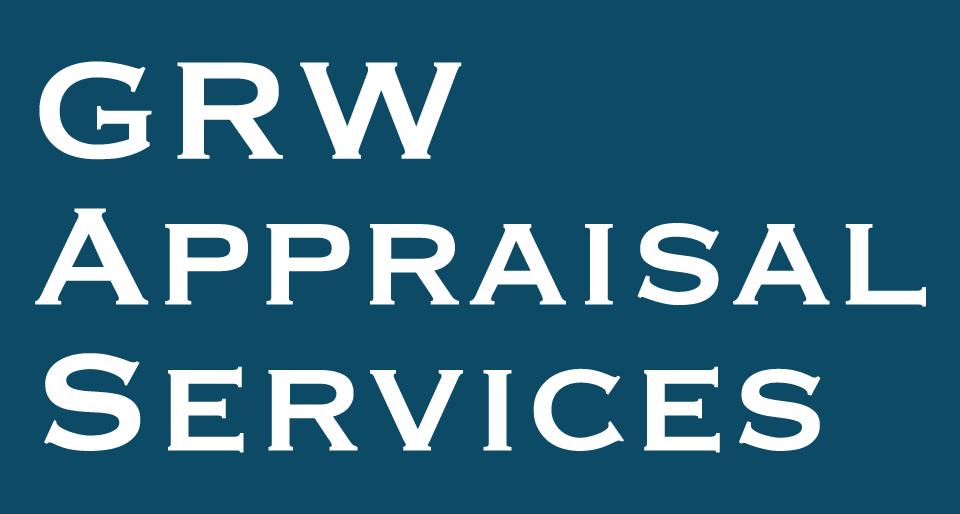Elements of Business Valuation

Another concept that underlies the valuation process is the fact that each potential investor has alternatives to invest in a given business. This guideline is known as the principle of substitution, which states “the value of something tends to be determined by the cost of acquiring an equally desirable substitute.”
These principles are applied in a business appraisal by using three general valuation approaches:
- Income-Based Approach: In this approach, estimated future returns are converted to present value at an appropriate rate of return for the investment. The selected rate of return should reflect the degree of uncertainty or risk associated with future returns and returns available from alternative investments. Higher uncertainty or risk leads to a higher expected rate of return, which produces a lower value for an investment.
- Market-Based Approach: In this approach valuation ratios are derived from market transactions involving companies that are similar to the subject business. Past transactions involving the subject business, if any, are also considered. Selected valuation ratios are then applied to the business’ adjusted historical or projected financial results to arrive at indications of value.
- Asset-Based Approach: In this approach, the assets and liabilities of the business are restated from historical cost to fair market value. Individual assets and liabilities of a business can be appraised using various approaches to asset valuation.
Rules of thumb are sometimes considered but, they should not be given any weight unless they are supported by other valuation methods and it can be established that knowledgeable buyers and sellers place substantial reliance on them. The application of any single approach depends on the circumstances and may or may not be appropriate in a given situation.
- Comparability Adjustments: The valuer may adjust the subject company’s financial statements to facilitate a comparison between the subject company and other businesses. These adjustments are intended to eliminate differences in presentation.
- Non-operating Adjustments: Assets and liabilities not used in the operations of a business for the generation of business income are usually eliminated from the balance sheet and associated income and expenses may be removed from the income statement.
- Non-recurring Adjustments: The subject company’s financial statements may be affected by events that are not expected to recur such as the purchase or sale of assets, a lawsuit, or an unusually large revenue or expense entry. These non-recurring items may need to be adjusted so the financial statements better reflect management’s expectations of future performance.
- Discretionary Adjustments: The owners of private companies may be paid at variance from a market level of compensation that similar executives in the industry might command. In order to determine fair market value, the owner’s compensation, benefits, perquisites, and distributions may need to be adjusted to industry standards. Similarly, the rent paid by the subject business for use of property individually owned by the company’s owners may be at a non-market rate and require adjustment.
A discount rate, often an estimate of the cost of capital for the business is used to convert a series of projected cash flows to net present value by discounting future cash flows to the present. A capitalization rate is applied in methods of business valuation that are based on business data for a single period. For example, a capitalization rate may be applied to a business’s trailing twelve month’s cash flow.
There are several different methods of determining an appropriate discount or capitalization rate. Much of current valuation theory is driven by the use of empirical data to support the valuer’s assumptions. A selected discount rate is often determined by combining multiple market observable risk elements including: (1) a risk-free rate, which is the return that an investor would expect from a secure, practically risk-free investment, such as a high quality government bond; (2) a risk premium that compensates an investor for the relative level of risk associated with a particular investment in excess of the risk-free rate. Widely-utilized rate of return models include:
- Capital Asset Pricing Model (CAPM): ke = Rf + B x ( Rm-Rf) where: Rf = Risk free rate of return (generally taken as 10-year Government bond yield) B = Beta Value (sensitivity of the stock returns to market returns) Ke = Cost of Equity Rm= Market Rate of Return
- Modified Capital Asset Pricing Model (Mod. CAPM): ke = Rf + B x ( Rm-Rf) + SCRP + CSRP where: Rf = Risk free rate of return (generally taken as 10-year Government bond yield) B = Beta Value (sensitivity of the stock returns to market returns) Ke = Cost of Equity Rm= Market Rate of Return SCRP = Small Company Risk Premium, CSRP = Company specific Risk premium
- Build-up Method: Similar to the Mod. CAPM but instead of using a Beta variable, a selected industry risk premium is applied
- Weighted Average Cost of Capital (WACC): Weighted average of a company’s cost of equity and cost of debt financings
Most importantly, the selected rate of return must be consistent with stream of benefits to which it is to be applied.
The marketable minority interest level represents the perceived value of equity interests that are freely traded without any restrictions. These interests are generally traded on the New York Stock Exchange, AMEX, NASDAQ, and other exchanges where there is a ready market for equity securities. These values represent a minority interest in the subject companies – small blocks of stock that represent less than 50% of the company’s equity, and usually much less than 50%. Controlling interest level is the value that an investor would be willing to pay to acquire more than 50% of a company’s stock, thereby gaining the attendant prerogatives of control. An additional premium may be paid by strategic investors who are motivated by synergistic motives.
Non-marketable, minority level is the lowest level on the chart, representing the level at which non-controlling equity interests in private companies are generally valued or traded. This level of value may be discounted because no ready market exists, in which to purchase or sell interests. Private companies are less “liquid” than publicly traded companies, and transactions in private companies take longer and are more uncertain. Between the intermediate and lowest levels of the chart, there are restricted shares of publicly traded companies.
Facts and circumstances particular to each valuation assignment and the specific methodologies applied dictate the application of discounts and premiums. It is important to select an experienced, informed business appraiser for your valuation needs that understands these nuances.
Contact GRW Appraisal Services for a discussion about the valuation process and how we can help you achieve your goals.



